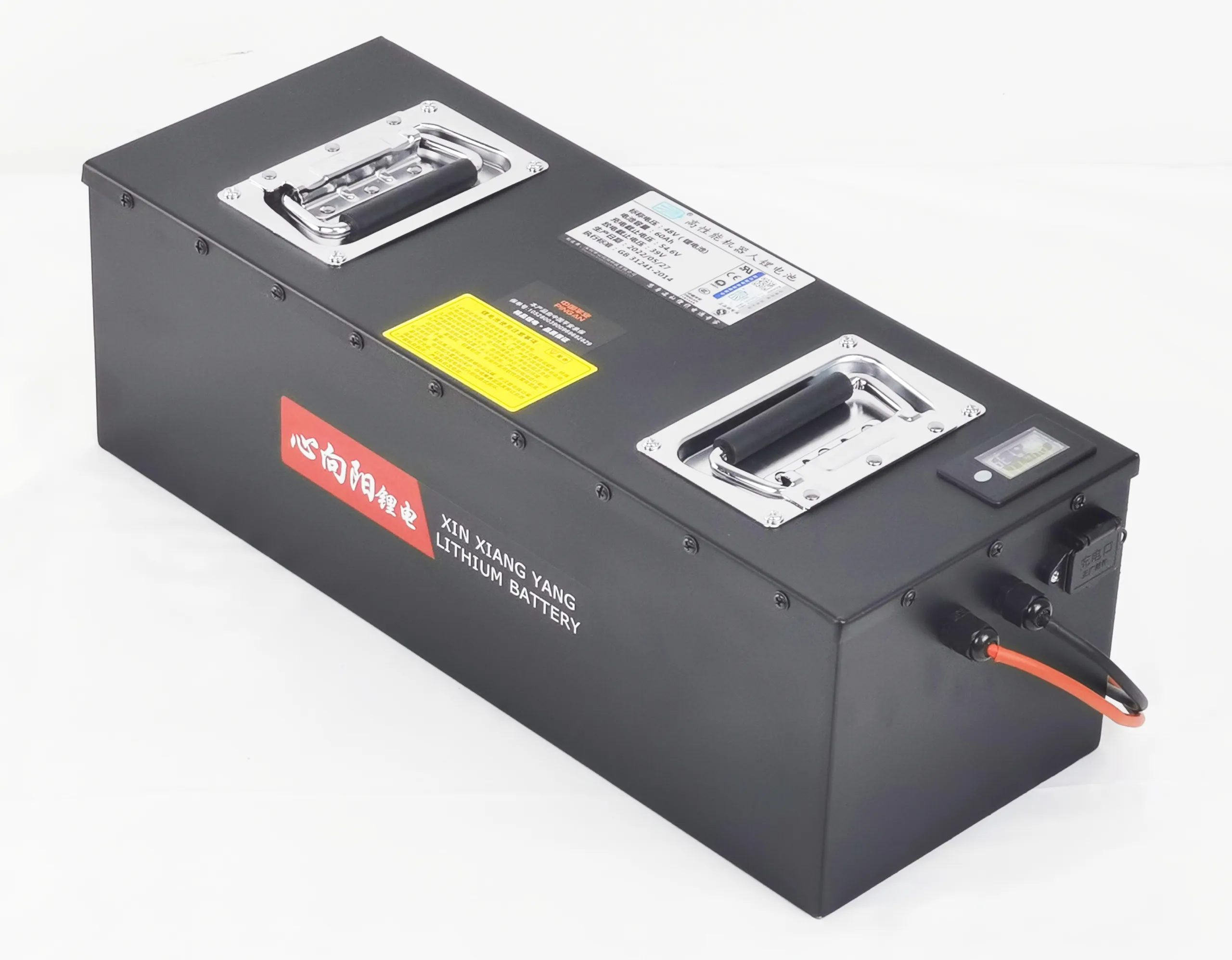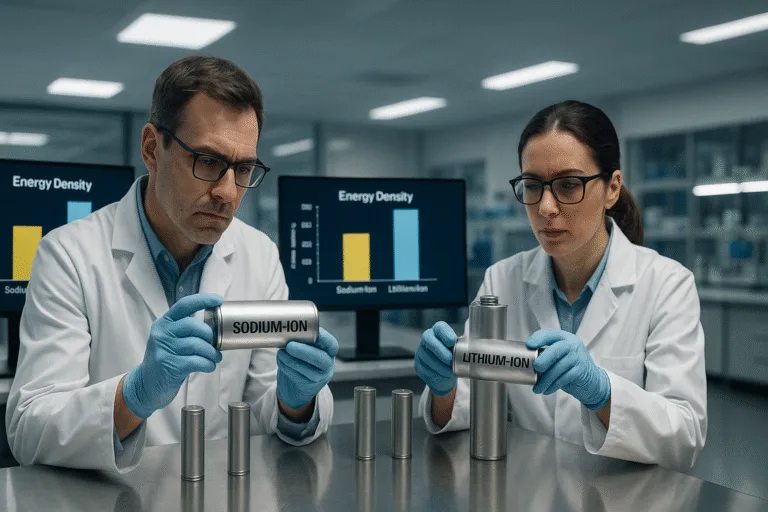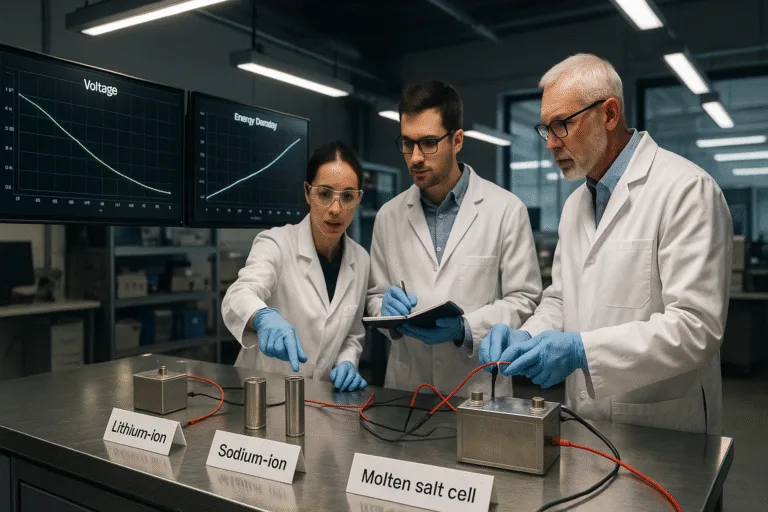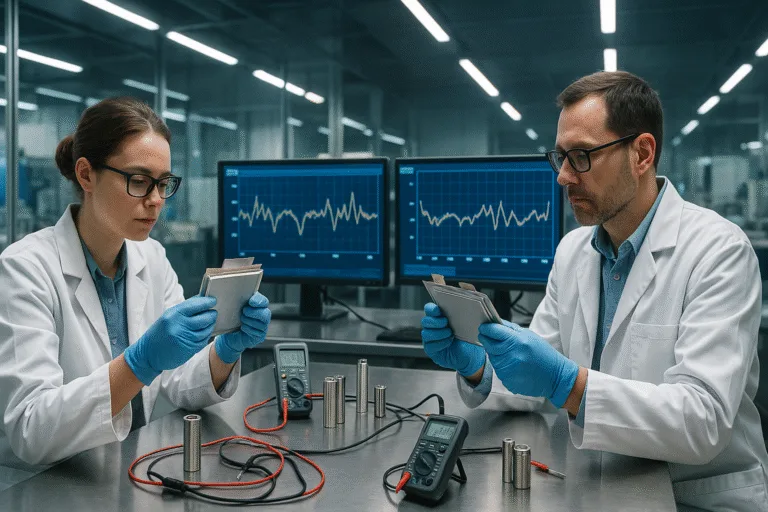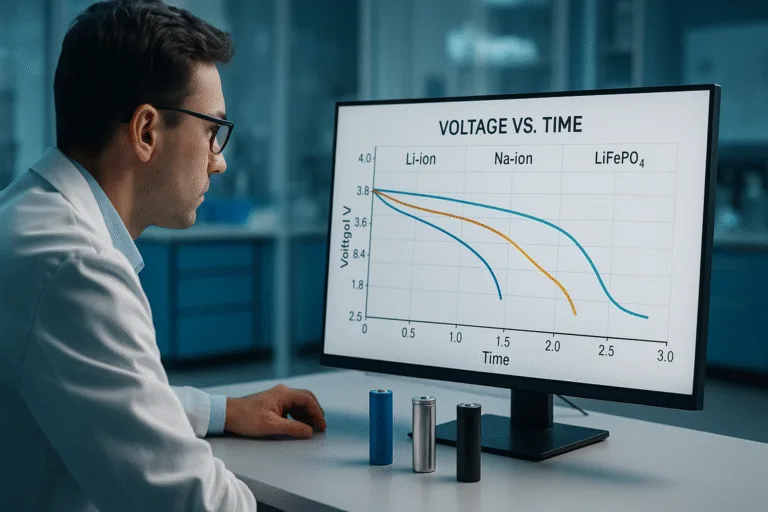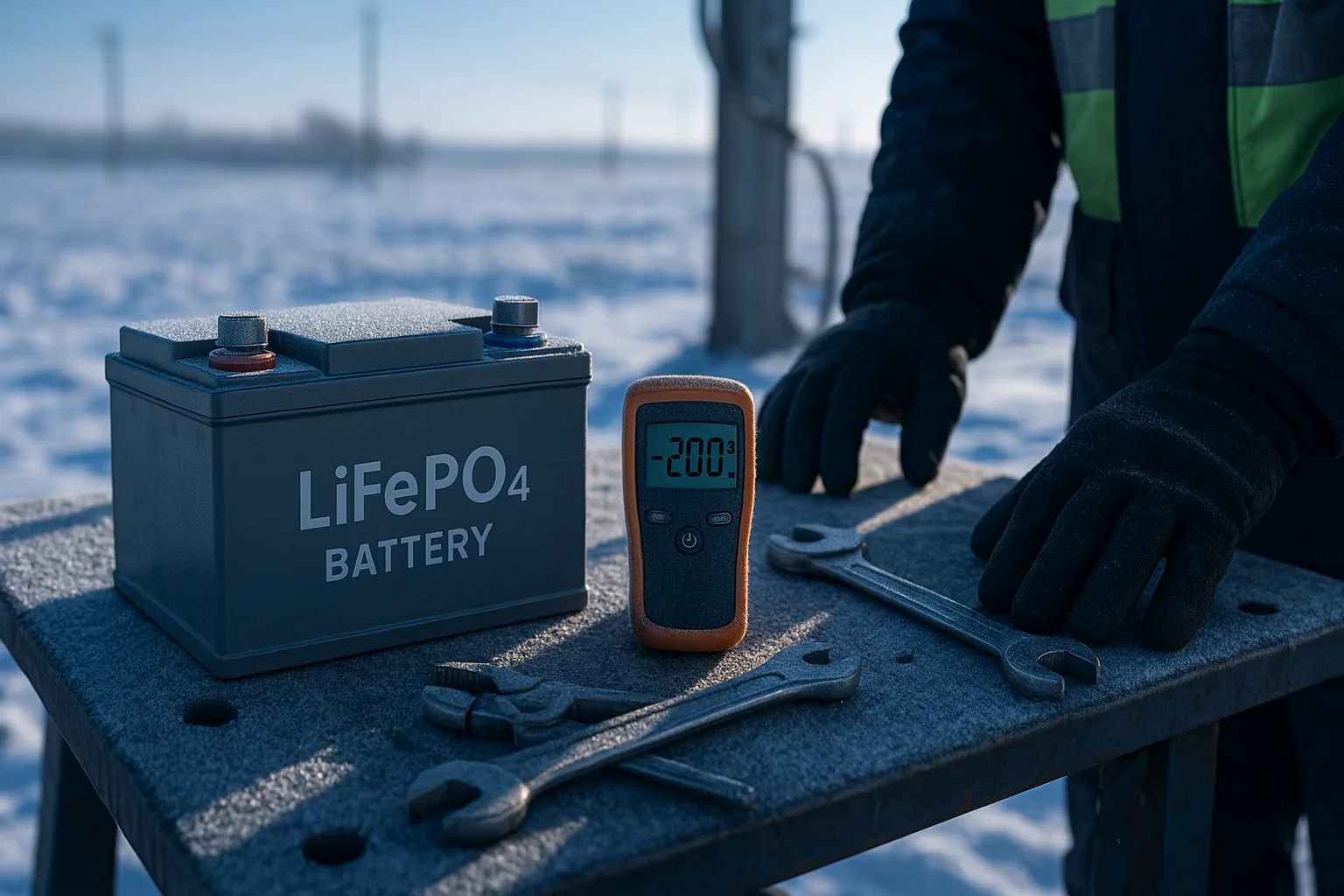
Operating electronics in extreme hot or cold environments presents a unique challenge for battery performance. If you’ve ever experienced your device failing in freezing conditions or overheating in the sun, you know the frustration. We understand the critical need for reliable power, no matter the climate. Imagine a battery pack engineered to thrive where others fail, ensuring your critical systems remain operational in the most demanding conditions.
LiFePO₄ battery packs can be specially designed for extreme temperatures, offering enhanced performance and safety in both very cold and very hot environments. These specialized packs incorporate features like internal heating systems for sub-zero conditions and robust thermal management for high temperatures, ensuring reliable power where standard batteries falter.
I’ve worked on projects where temperature was the primary obstacle to battery performance. Learning about advanced LiFePO₄ technologies transformed how we approach power solutions for harsh environments. Let’s explore how these batteries stand up to the most challenging climates.
Why choose a low temperature LiFePO₄ battery for cold environments?
Are you operating equipment in freezing conditions? Standard batteries often struggle. Low-temperature LiFePO₄ batteries offer a clear advantage.
Choosing a low-temperature LiFePO₄ battery for cold environments is crucial because standard LiFePO₄ batteries experience significant capacity loss1 and cannot be safely charged below 0°C (32°F). Specialized low-temperature versions maintain better performance, can be safely charged in sub-zero conditions, and offer longer lifespans in cold climates.
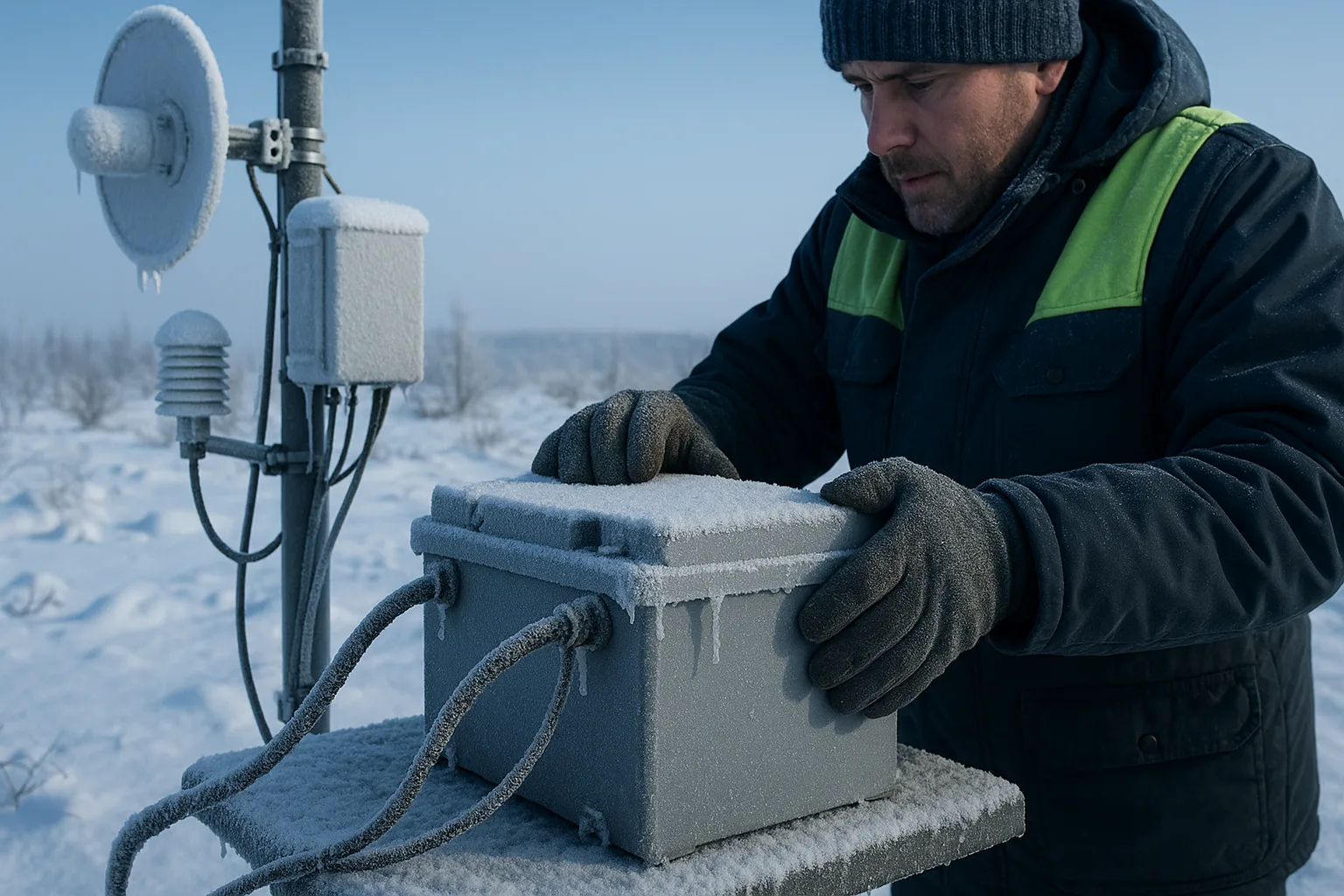
Addressing Cold Weather Limitations
While standard LiFePO₄ batteries are generally robust, their performance drops significantly in cold.
- Capacity Loss: At -20°C (-4°F), a standard LiFePO₄ battery might only deliver 50-60% of its rated capacity. The chemical reactions slow down, making less energy available. Even in milder conditions like 0°C to 10°C, capacity loss1 can range from 20% to 30%.
- Charging Restrictions: Critically, charging standard LiFePO₄ batteries below 0°C (32°F) can lead to irreversible damage called "lithium plating." This permanent damage reduces capacity and can even pose safety risks due to potential internal short circuits.
Benefits of Specialized Low-Temperature LiFePO₄
Low-temperature LiFePO₄ batteries are engineered to overcome these challenges.
- Maintained Capacity: They are designed to retain a higher percentage of their capacity even in deep cold.
- Safe Charging Below Freezing: The most significant advantage is their ability to be safely charged in sub-zero temperatures, often down to -20°C (-4°F) or even -30°C (-22°F), thanks to built-in heating systems that warm the battery to a safe charging2 temperature.
- Extended Lifespan: By preventing cold-induced damage, these batteries offer a longer overall lifespan in cold applications compared to standard versions.
- Reliable Power: For critical applications in cold, such as remote monitoring stations, recreational vehicles, or marine use, these batteries ensure consistent power delivery when it’s needed most.
What are the features of a LiFePO₄ battery designed for sub-zero temperatures?
What makes a LiFePO₄ battery suitable for extreme cold? It’s not just the cells. Specific features are integrated to ensure their resilience.
LiFePO₄ batteries designed for sub-zero temperatures typically feature integrated heating elements3 controlled by the Battery Management System (BMS)4, specialized low-temperature electrolytes5, and enhanced insulation to maintain optimal internal battery temperature for both discharge and safe charging.
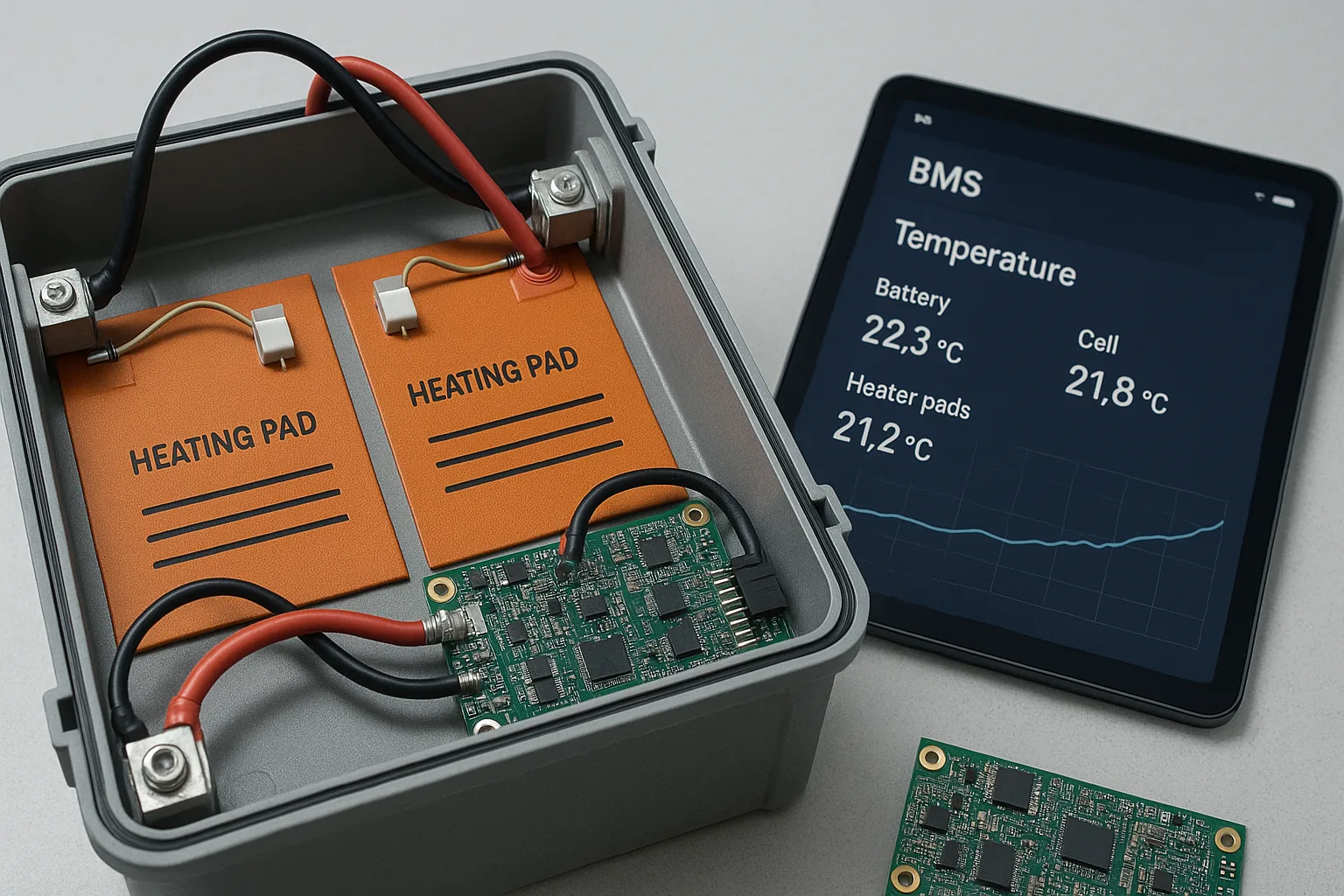
Integrated Heating Systems
This is the most common and effective feature for cold charging.
- Automatic Heating: The BMS detects if the battery temperature drops below a certain threshold (e.g., 0°C or -5°C). It then activates internal heating elements.
- Charge-Current Heating: Some designs use a portion of the incoming charge current to generate heat, warming the cells before allowing full charging. This is an efficient way to use the charging power. Once the battery reaches a safe temperature (e.g., 5°C or 10°C), the heating mechanism turns off and full charging begins.
- Self-Consumption Heating: For discharge-only scenarios or when no charger is connected, some systems can use a small amount of the battery’s own power to activate heaters, ensuring readiness for immediate use.
- Temperature Cut-off: The BMS will prevent charging if the temperature is too low and the heating system is not active or sufficient, to protect the cells from damage like lithium plating.
Specialized Electrolytes and Cell Chemistry
Beyond heating, some manufacturers use advanced materials:
- Low-Temperature Electrolyte: The liquid electrolyte inside the battery can become more viscous and less conductive in the cold. Specialized formulations maintain better ion mobility at low temperatures, improving efficiency.
- Optimized Electrode Materials: Some LiFePO₄ cells are designed with additives or specialized materials that enhance low-temperature performance and reduce the risks associated with cold environments.
Enhanced Insulation and Enclosure Design
- Thermal Management: The battery pack’s enclosure may include extra insulation layers6 to retain heat generated by the battery or its heating system. This helps maintain a stable internal temperature and minimizes heat loss.
- Robust Housing: The overall construction is designed to withstand thermal cycling and harsh cold environments, preventing physical damage and protecting internal components.
How can LiFePO₄ batteries be optimized for low temperature applications?
Are you designing a system for a cold environment? Optimizing your LiFePO₄ battery goes beyond just buying a "low-temp" model. It involves strategic design choices.
LiFePO₄ batteries can be optimized for low-temperature applications through intelligent BMS-controlled heating mechanisms, strategic insulation and thermal management7 in the battery pack design, careful selection of specialized low-temperature cell chemistry8, and by implementing charging protocols9 that prevent damage in cold conditions.
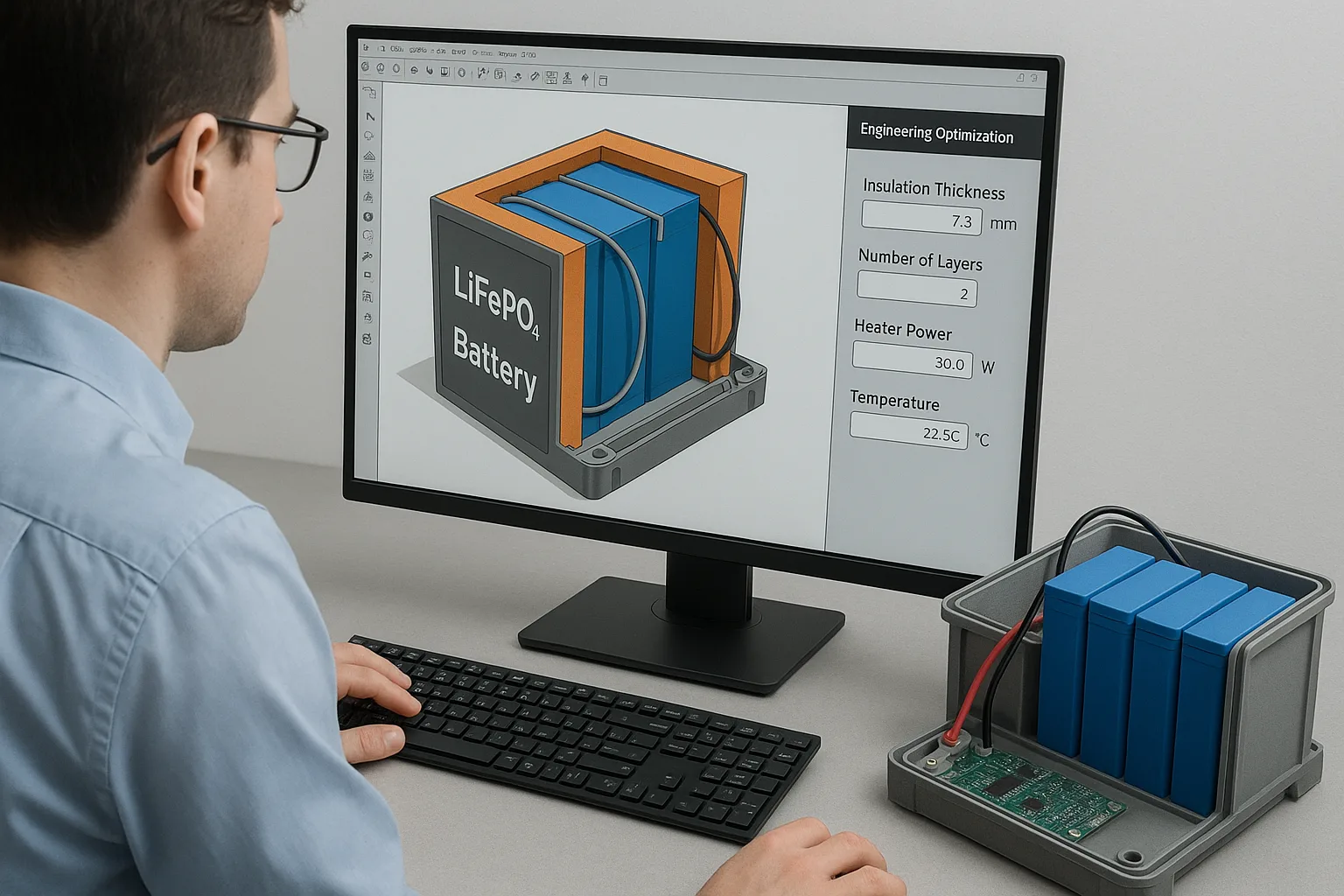
Smart Thermal Management Integration
The most effective optimization involves proactive heating and insulation.
- Heater Activation Strategy: Ensure the BMS activates heaters well before charging is attempted in cold. For example, if the charging threshold is 0°C, the heaters might activate at 5°C to warm the battery preemptively.
- Efficient Heating Elements: Use heating pads or films that distribute heat evenly across the cells and are energy-efficient.
- Insulated Enclosures: Design battery compartments or select battery packs with good thermal insulation to minimize heat loss to the ambient cold. This reduces the energy needed for heating.
Customized Cell Selection
Working with manufacturers who offer cells optimized for cold is important.
- Specialized Cells: Some LiFePO₄ cell lines are inherently better at low temperatures due to specific electrolyte and electrode formulations. While they might be more expensive, their performance can be superior, offering higher capacity retention and better voltage stability in the cold.
Intelligent Charging Strategies
- Low-Current Charging in Mild Cold: If no heating is present, and temperatures are slightly below freezing (e.g., -5°C to 0°C), some manufacturers recommend very low-current charging (e.g., 0.05C to 0.1C) to minimize plating risk. However, this should only be done if explicitly permitted by the battery manufacturer.
- BMS Cut-off: Ensure the BMS has a strict low-temperature charging cut-off to prevent any charging below 0°C if heating is not active, as lithium plating can cause irreversible damage.
System Integration Considerations
- Heat Sources: In some applications, waste heat from other components (e.g., electronics, engines) can be harnessed to help warm the battery compartment.
- Location: Mounting the battery in a more protected area of the vehicle or system, away from direct cold exposure, can also help.
Are there high-temperature LiFePO₄ battery options available?
While cold is a major concern, what about the opposite extreme? High temperatures can also impact battery life. Are there special LiFePO₄ options for hot environments?
Yes, LiFePO₄ batteries are inherently more tolerant of high temperatures than many other lithium chemistries due to their superior thermal stability and resistance to thermal runaway. While dedicated "high-temperature" versions might not be as common as "low-temperature" ones, optimization focuses on robust thermal management within the pack design and careful cell selection to ensure longevity and safety in hot climates.
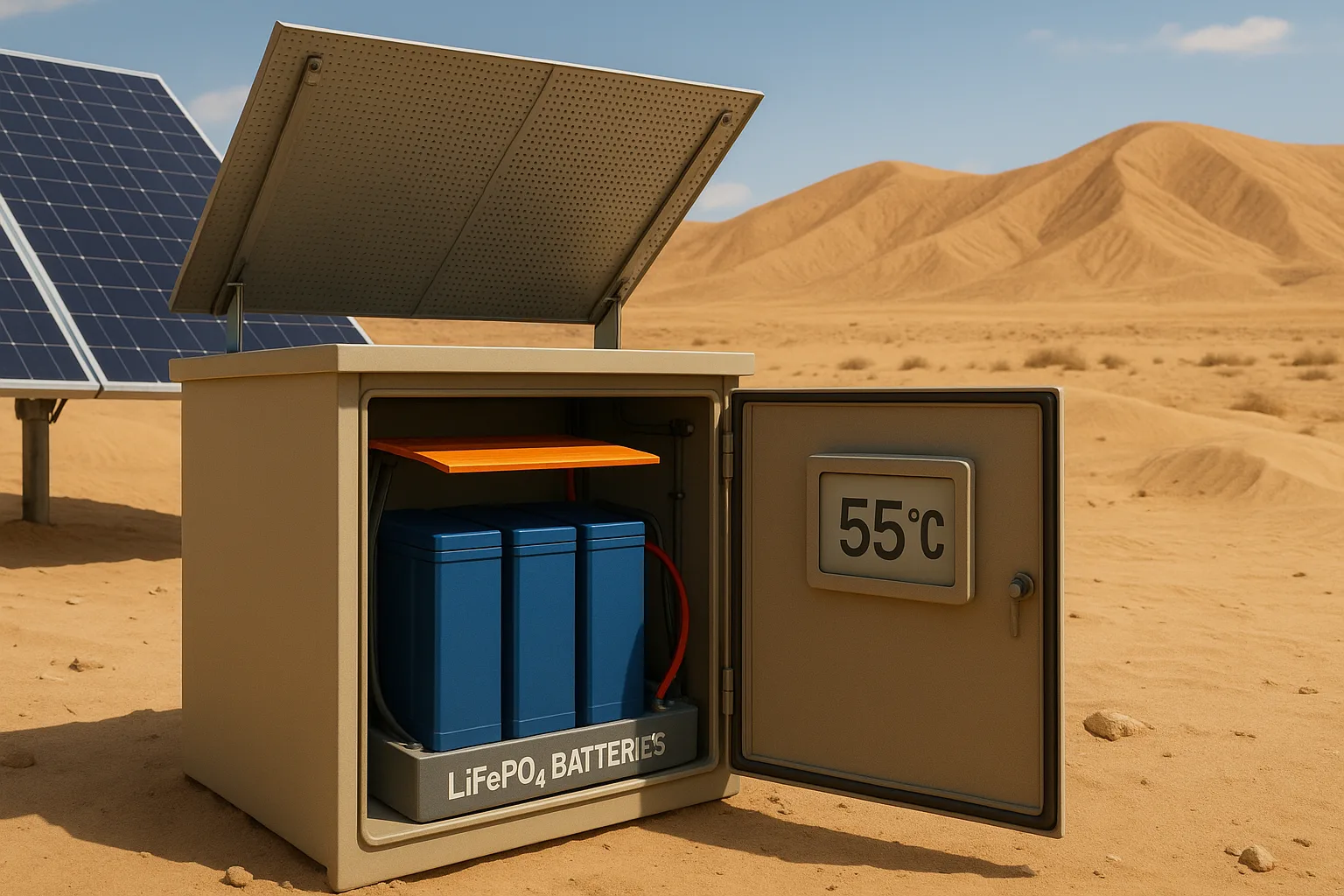
Inherent High-Temperature Tolerance
One of LiFePO₄’s major advantages is its superior thermal stability.
- Thermal Runaway Resistance: Unlike other lithium-ion chemistries that can suffer from thermal runaway at lower temperatures, LiFePO₄ is much more resistant to this dangerous phenomenon, often requiring temperatures above 500°C to initiate it. This makes them inherently safer in hot environments.
- Operating Range: LiFePO₄ batteries can generally discharge safely up to 60°C (140°F) or even higher, though continuous operation at these extremes will impact their long-term lifespan.
Optimization for High Temperatures
While LiFePO₄ handles heat well, sustained high temperatures still accelerate degradation and reduce cycle life. Optimization focuses on minimizing this impact:
- Robust Thermal Management:
- Passive Cooling: Designing enclosures with good airflow, heat sinks, or even external fins to dissipate heat efficiently. Shielding the battery from direct sunlight is also crucial.
- Active Cooling: For very high-power or extreme temperature applications (e.g., large EV battery packs), active cooling systems10 like fans or liquid cooling may be employed.
- Cell Selection: Choosing cells from manufacturers known for excellent long-term performance in higher temperatures. Some cells might be formulated to withstand elevated temperatures better.
- BMS Protection: The BMS plays a crucial role by:
- High-Temperature Cut-off: Shutting down discharge or charge if the internal temperature exceeds a safe limit (e.g., 60-75°C), preventing irreversible damage.
- Current Limiting: Reducing available current if the battery approaches a high-temperature threshold, to prevent further heating.
- Installation Environment: Advising customers to install batteries in well-ventilated areas, away from direct sunlight or extreme heat sources, whenever possible.
What is the operating temperature range11 of a LiFePO₄ battery in extreme environments?
Are you placing your LiFePO₄ battery in the harshest conditions? Understanding its full operating limits is essential for both performance and safety.
In extreme environments, the typical operating (discharge) temperature range for standard LiFePO₄ batteries is from approximately -20°C to 60°C (-4°F to 140°F). However, specialized low-temperature LiFePO₄ batteries12 can extend the safe charging range down to -20°C (-4°F) or even lower, ensuring functionality where standard batteries would fail.

Standard vs. Specialized Ranges
It’s important to distinguish between the general operating range and the charging range, especially for cold.
- General Discharge Range (Standard LiFePO₄): -20°C to 60°C (-4°F to 140°F). While they can discharge in this range, performance (capacity, voltage, power output) will be degraded at the extremes.
- Optimal Performance Range (Both Discharge & Charge): 0°C to 45°C (32°F to 113°F). Operating within this window maximizes battery life, efficiency, and safety.
- Standard Charging Range: 0°C to 45°C (32°F to 113°F). Charging below 0°C is strictly prohibited for standard LiFePO₄ due to lithium plating risk.
Extended Range for Low-Temperature Variants
Specialized LiFePO₄ batteries with integrated heating systems or advanced chemistries expand the usable range for charging:
- Extended Charging Range: These can be safely charged down to -20°C (-4°F) or even -30°C (-22°F) by utilizing internal heating to bring the cells to a safe charging temperature before allowing current flow.
- Discharge Performance: While discharge performance13 will still be reduced at extreme cold, these specialized batteries are designed to operate more effectively than standard ones, providing more usable energy.
Importance of BMS in Extreme Environments
The Battery Management System (BMS) is paramount when operating in extreme temperatures. It constantly monitors the battery’s internal conditions and will implement protective measures:
- Low/High Temperature Discharge Cut-off: The BMS can stop discharge if temperatures become too extreme to prevent damage to the cells or system.
- Low/High Temperature Charge Cut-off: Absolutely critical for protecting against cold charging (lithium plating) and excessive heat during charging.
Conclusion
Choosing a battery pack specifically designed and tested for your intended extreme environment is crucial for reliable and safe operation.
-
Learn how temperature impacts battery capacity and why low-temperature batteries are essential. ↩ ↩
-
Discover methods for safely charging batteries in extreme cold to ensure longevity. ↩
-
Learn about the role of integrated heating elements in enhancing battery performance. ↩
-
Understand how a BMS protects batteries from extreme temperatures and ensures safety. ↩
-
Discover how specialized electrolytes improve battery performance in cold conditions. ↩
-
Find out how insulation layers protect batteries from extreme cold and improve efficiency. ↩
-
Explore the importance of thermal management in maintaining battery efficiency. ↩
-
Discover how specialized cell chemistry improves battery performance in extreme cold. ↩
-
Find out the best practices for charging batteries in cold conditions to prevent damage. ↩
-
Discover how active cooling systems can enhance battery performance in high temperatures. ↩
-
Learn about the temperature limits for safe operation of LiFePO₄ batteries. ↩
-
Explore the benefits of low-temperature LiFePO₄ batteries for optimal performance in freezing conditions. ↩
-
Explore the impact of temperature on battery discharge and overall efficiency. ↩

